Deck & Commander Strategies
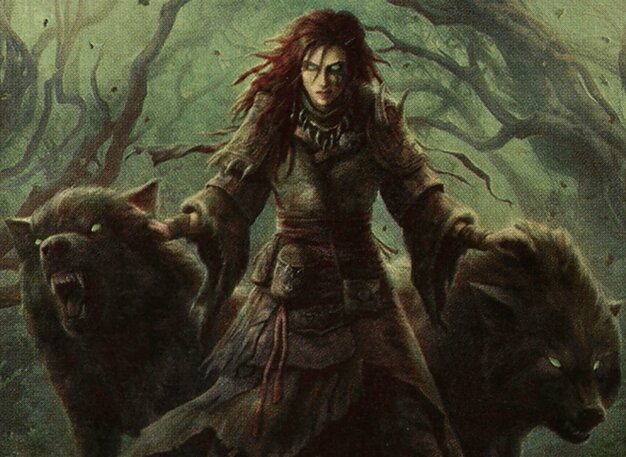
Faldorn, Dread Wolf Herald
Aggressive green-red deck that uses the prosper mechanic to ramp mana, develop a wide board presence, and overwhelm opponents with creatures.
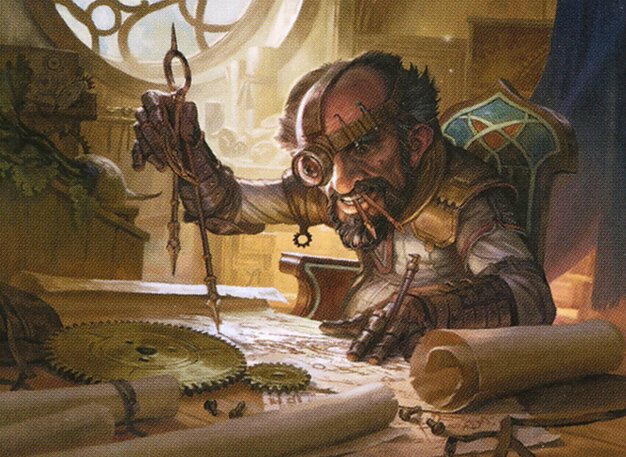
Jan Jansen, Chaos Crafter
A mardu artifact and chaos-themed deck focusing on disruptive synergies, artifact interactions, and unpredictable effects to control the board and create combo opportunities.
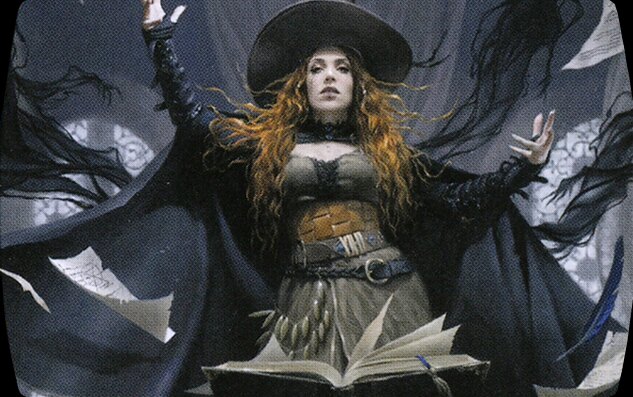
Tasha, the Witch Queen
Dimir control deck leveraging scrying to discount instant and sorcery spells, enabling efficient control, card advantage, and stealing or exiling opponents’ key resources.
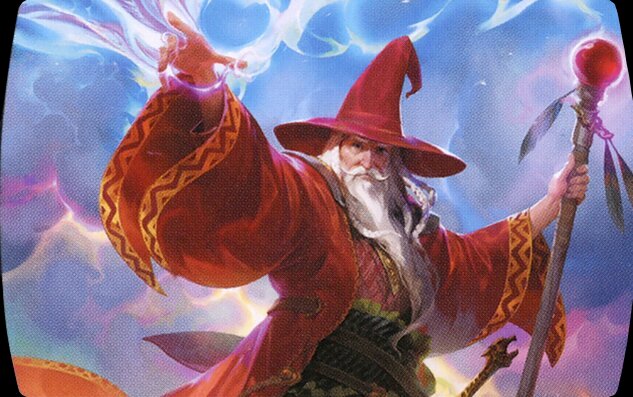
Elminster
Azorius spell-slinger and control deck centered around a planeswalker commander that reduces instant and sorcery costs, drawing cards, and controlling the game through powerful spells.
Gameplay Insights
- 1
Elminster's ability to reduce instant and sorcery costs through scrying and drawing allowed for efficient spell casting and board control.
- 2
Faldorn capitalized on mana ramp and the prosper mechanic to build an aggressive board presence early in the game.
- 3
Jan Jansen focused on utilizing artifact synergies and chaos effects to disrupt opponents and create openings for a combo finish.
- 4
Tasha leveraged scrying to discount spells, enabling her to cast impactful control and steal effects more cheaply.
- 5
The use of fetchlands and mana rocks like Manic Crypt enabled explosive mana acceleration and early deployment of threats.
- 6
Players were attentive to sequencing and timing, balancing ramp, interaction, and board development to maintain tempo.
Notable Cards
-

Sacred Foundry
-
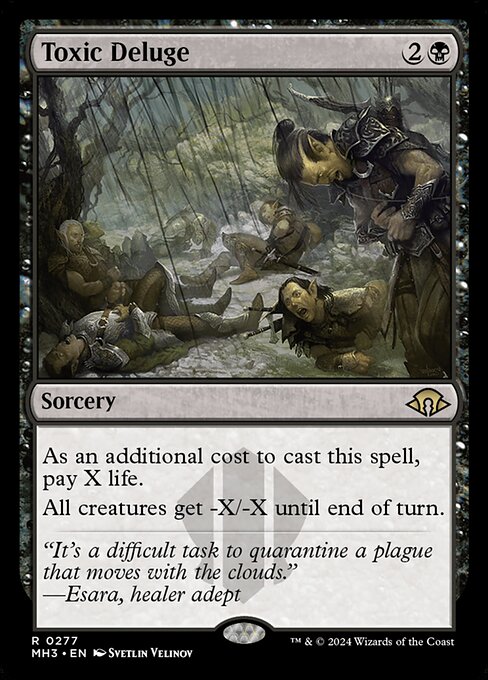
Toxic Deluge
-
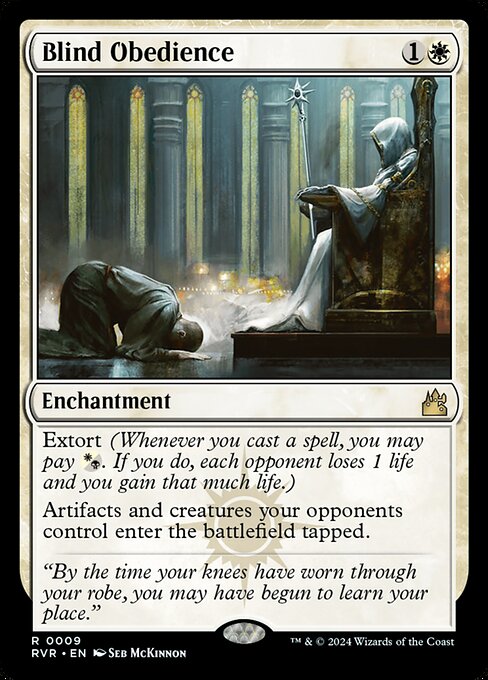
Blind Obedience
-

Azorius Signet
-

Fellwar Stone
Gameplay Summary
The game featured four players piloting new commanders from the Commander Legends: Battle for Baldur's Gate set, each showcasing distinct strategies.
Early turns were marked by mana ramp and setup plays, with Faldorn focusing on green-red mana acceleration and creatures that thrive from the prosper mechanic.
Jan Jansen utilized artifact synergies and chaos elements, trying to leverage his mardu colors for a combo-oriented approach.
Elminster played a control and spell-slinger style with a planeswalker commander that reduced instant and sorcery costs, enabling efficient spell casting and card advantage.
Tasha, the Witch Queen emphasized a Dimir control/steal strategy, using scrying to discount spells and generate value through stealing or exiling opponents' cards. A pivotal moment involved Elminster ramping quickly with fetchlands and mana rocks like Manic Crypt, setting up for powerful plays and interaction with his planeswalker's abilities.
Faldorn maintained pressure with aggressive creatures and board development, while Jan Jansen sought to disrupt with artifact synergies and chaos effects.
Tasha's control tools and scrying reduced spell costs, allowing her to cast impactful spells early.
The game saw several tempo shifts, with players carefully navigating removal and combat phases.
Ultimately, the interplay of Elminster's control and spell discounting, combined with Faldorn's aggressive ramp and creature presence, shaped the midgame, pushing the board state toward dynamic interactions and strategic plays rather than a quick, singular combo finish.
![Jan Jansen vs Elminster vs Faldorn vs Tasha [EDH/Commander, Magic The Gathering Gameplay 2022] thumbnail](https://i.ytimg.com/vi/W_SLTY-vWwI/maxresdefault.jpg)





![Faldorn vs Firkraag vs Nalia vs Captain N'ghathrod [EDH/Commander, MTG Gameplay 2022] thumbnail](https://i.ytimg.com/vi/MwTHyWkOSw0/sddefault.jpg)
![Prosper vs Zevlor vs Faldorn vs Gavi [EDH/Commander, MTG Gameplay 2022] thumbnail](https://i.ytimg.com/vi/jx2bXZMUIU4/sddefault.jpg)
![Blue in a Blue World, ft. Sefris, Averna, Grazilaxx, and Jan Jansen [EDH/Commander Gameplay 2023] thumbnail](https://i.ytimg.com/vi/RLy6a-8MJiA/sddefault.jpg)
![Yarok vs Inalla vs Nekusar vs Yuriko [EDH Gameplay] 2019 thumbnail](https://i.ytimg.com/vi/DMN5TuN0Lhw/sddefault.jpg)
![Lord Windgrace vs Tuvasa vs Niv Mizzet vs Yuriko [EDH Gameplay] 2020 thumbnail](https://i.ytimg.com/vi/PVpLAAPdUg0/sddefault.jpg)
![Zacama vs Lord Windgrace vs Kalamax vs Nicol Bolas [EDH Gameplay] 2020 thumbnail](https://i.ytimg.com/vi/gxW36IDCHOg/sddefault.jpg)
![Tuvasa vs Drana vs Greven vs Yuriko [EDH Gameplay] 2020 thumbnail](https://i.ytimg.com/vi/-hHy2sHIzKw/sddefault.jpg)
![Ojutai vs Kalamax vs Greven vs Niv-Mizzet [EDH Gameplay] 2020 thumbnail](https://i.ytimg.com/vi/t177nY7wtgk/sddefault.jpg)
![Atla Palani vs Zacama vs Nekusar vs Nicol Bolas [EDH Gameplay] 2020 thumbnail](https://i.ytimg.com/vi/LPKjyt_EYrM/sddefault.jpg)
![Meren vs Tuvasa vs Greven vs Jhoira [EDH Gameplay] 2020 thumbnail](https://i.ytimg.com/vi/R-bM2TKK7gE/sddefault.jpg)
![Commanders of Baldur's Gate Showcase [Commander VS 297] | Magic: the Gathering Commander Gameplay thumbnail](https://i.ytimg.com/vi/Z5TTX2J1LjQ/sddefault.jpg)

























![Favorite Precon Upgrade of 2022 [Commander VS 324] | Magic: the Gathering Commander Gameplay thumbnail](https://i.ytimg.com/vi/bNtpdfoanxo/sddefault.jpg)
![Baldur's Gate Crossover [Commander VS 294] | Magic: the Gathering Commander Gameplay thumbnail](https://i.ytimg.com/vi/2KdxY6y7pro/sddefault.jpg)





